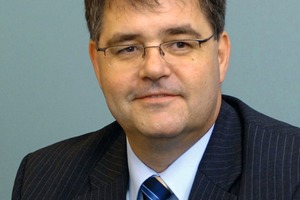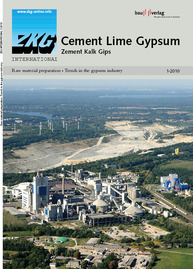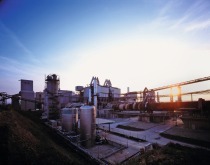New study: “Made in Germany” beats “Low Cost” in the crisis
The number of production relocations has dropped by 40 % in the last three years. This is the result of a study by the Fraunhofer Institut für System- and Innovationsforschung, ISI, (Fraunhofer Research Institute for System and Innovation Research) carried out on behalf of the VDI (Association of German Engineers), which for the first time allows an insight into the relocation behaviour of German companies in times of the economic crisis (download under www.vdi.de/presse). VDI director Dr. Willi Fuchs commented on the figures, as follows: “For the time being, the production location Germany...





